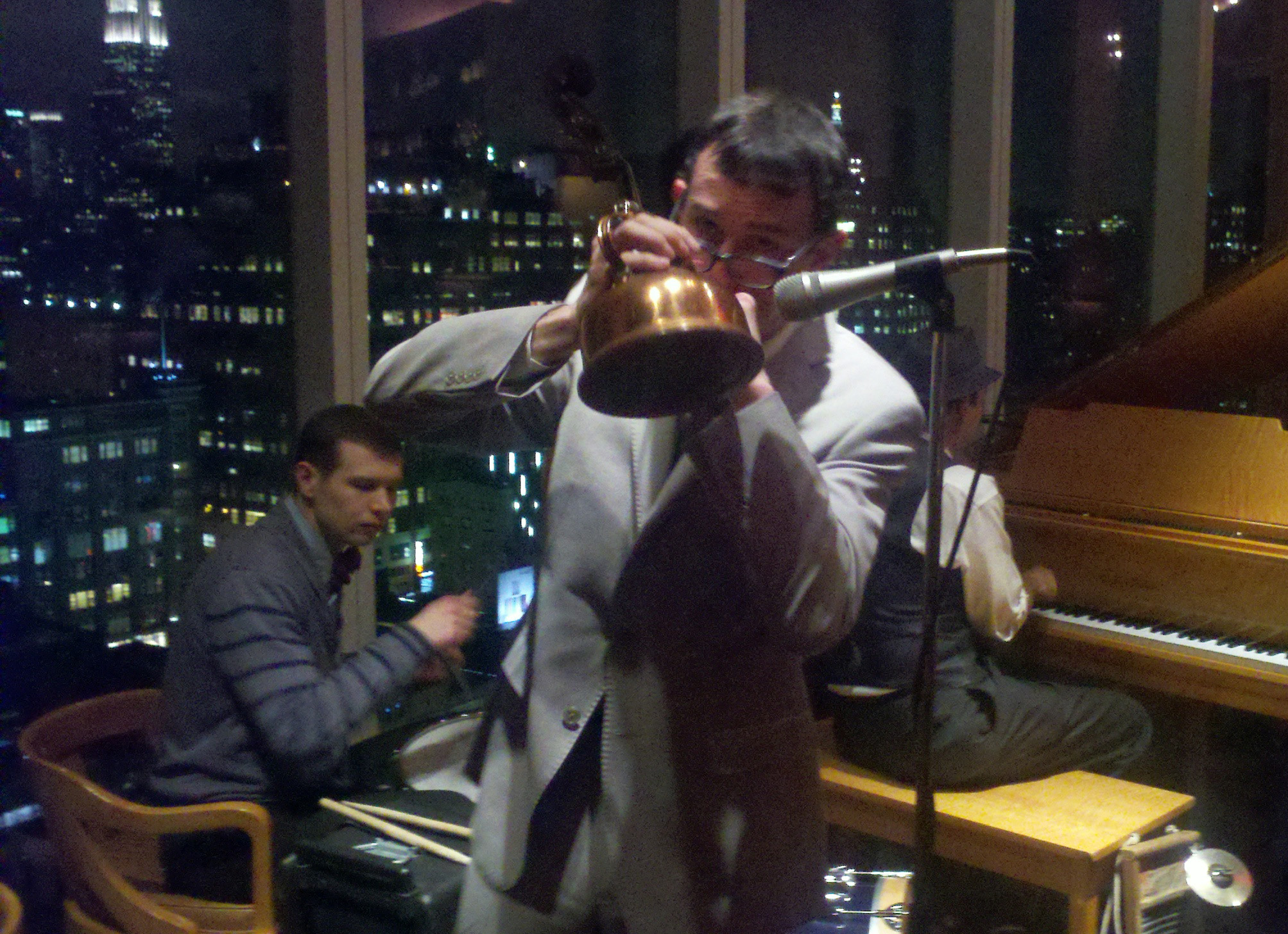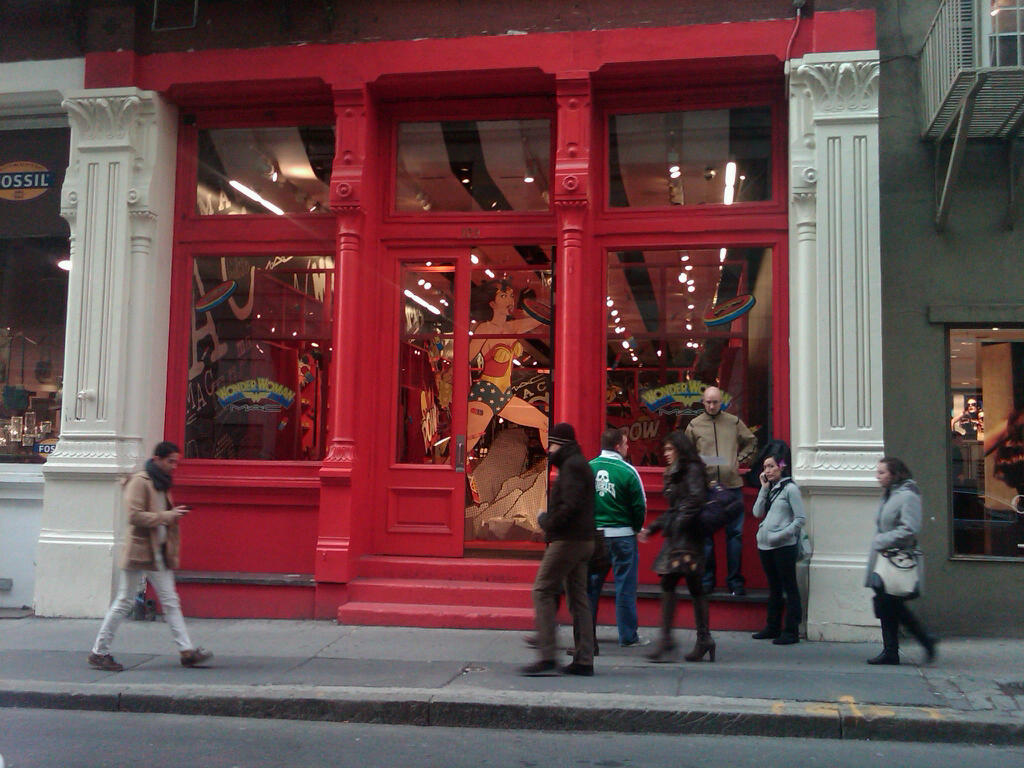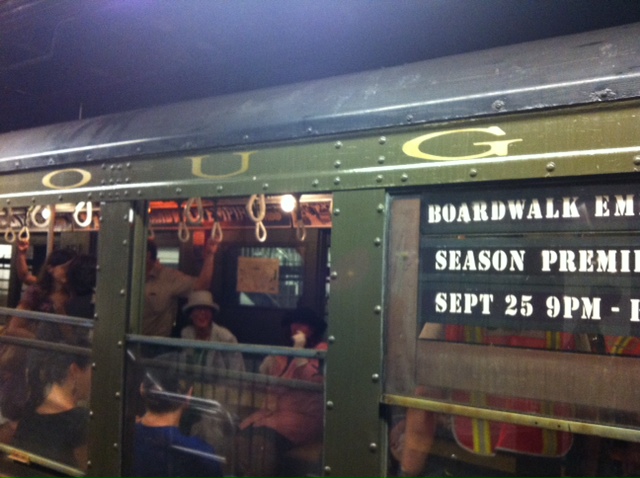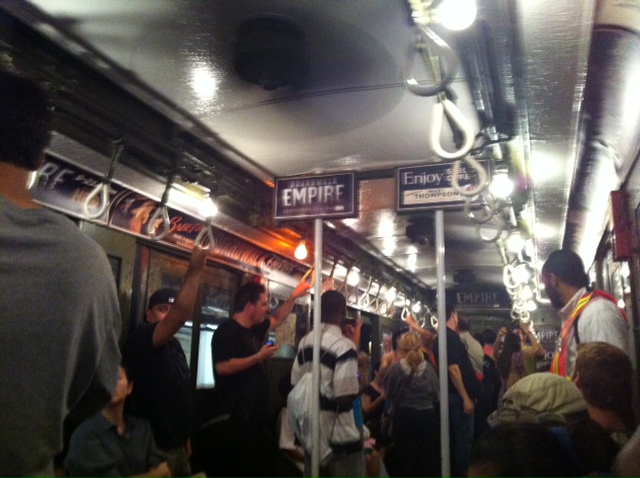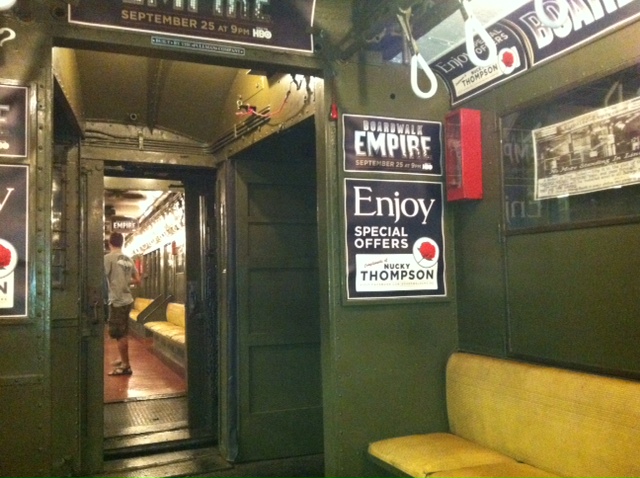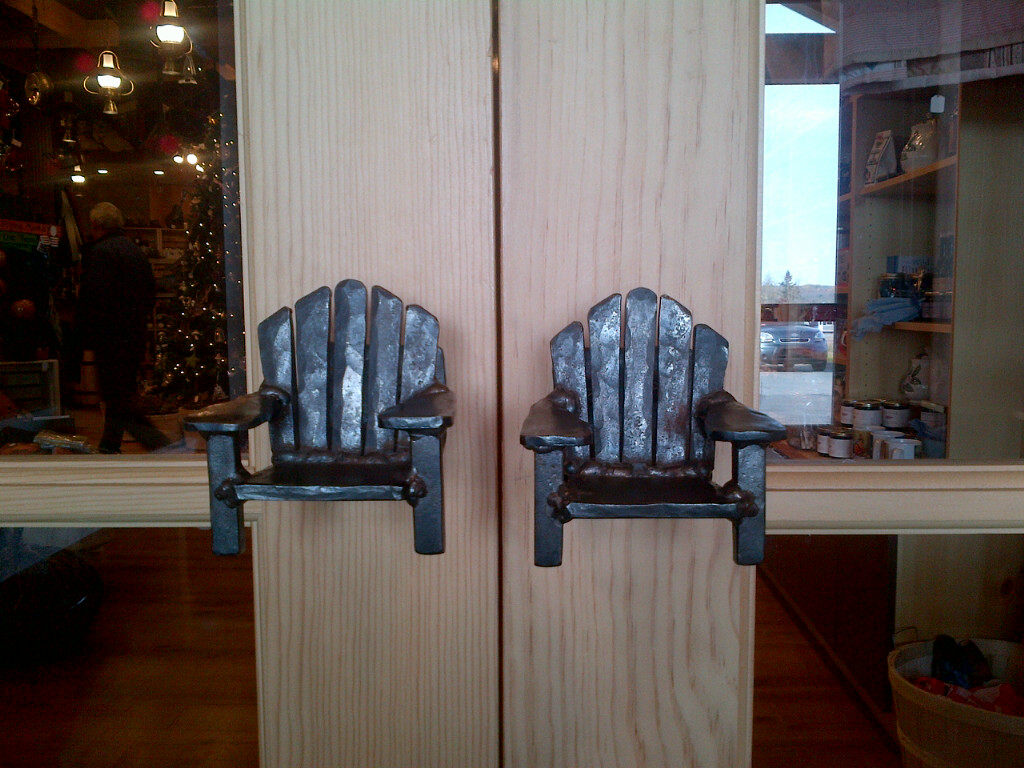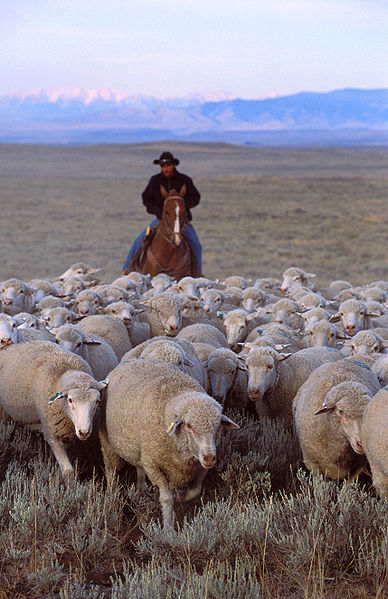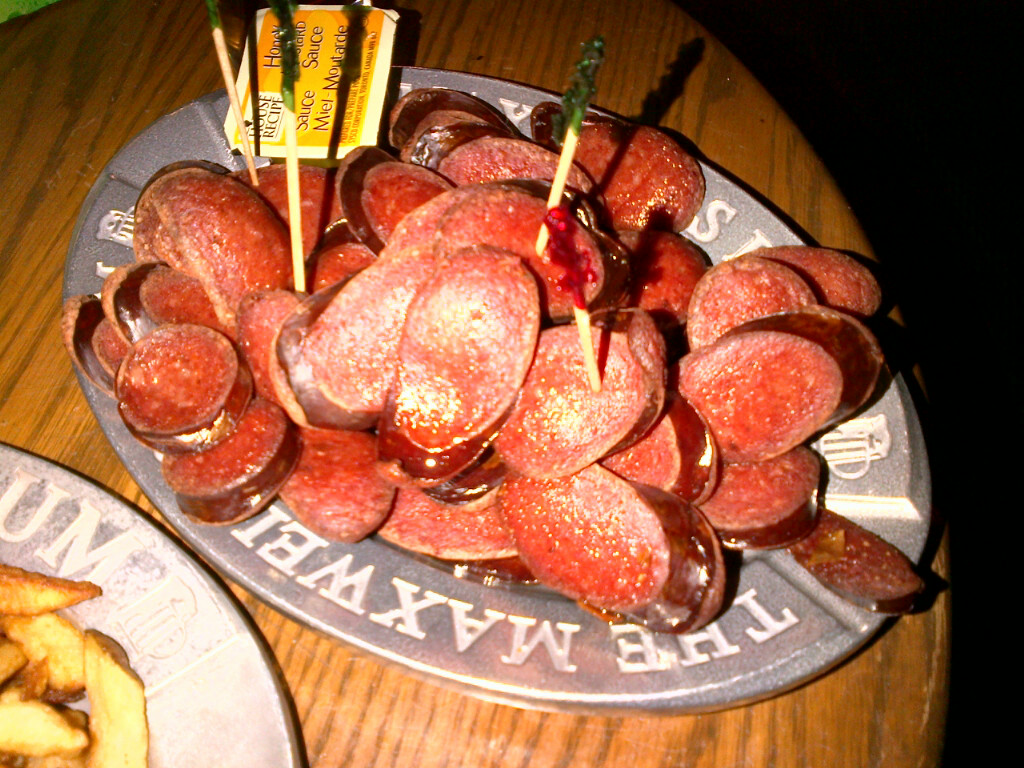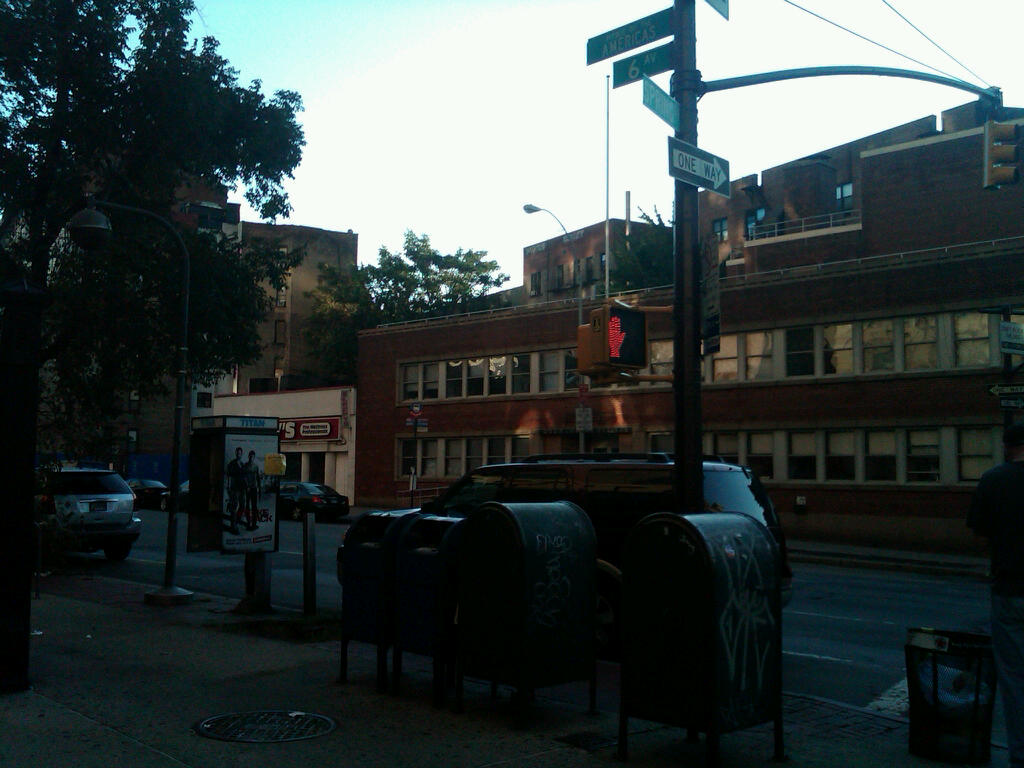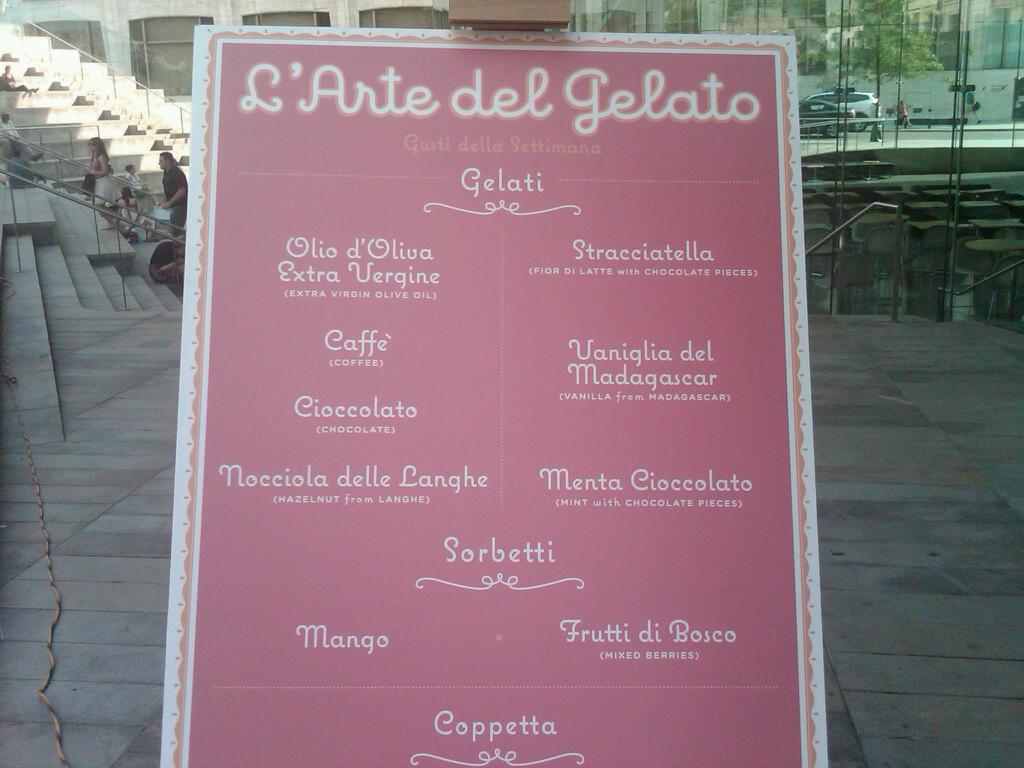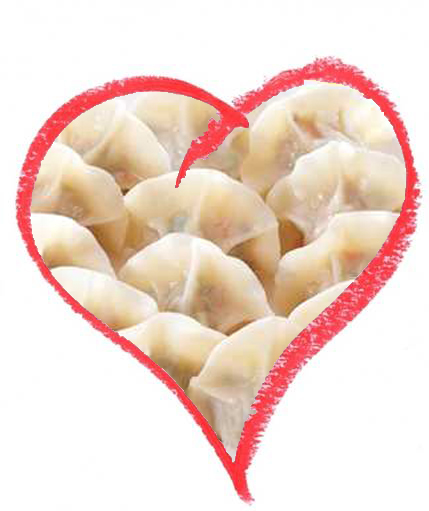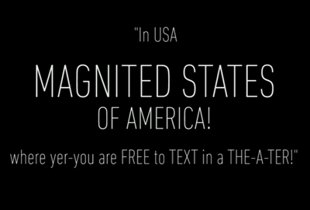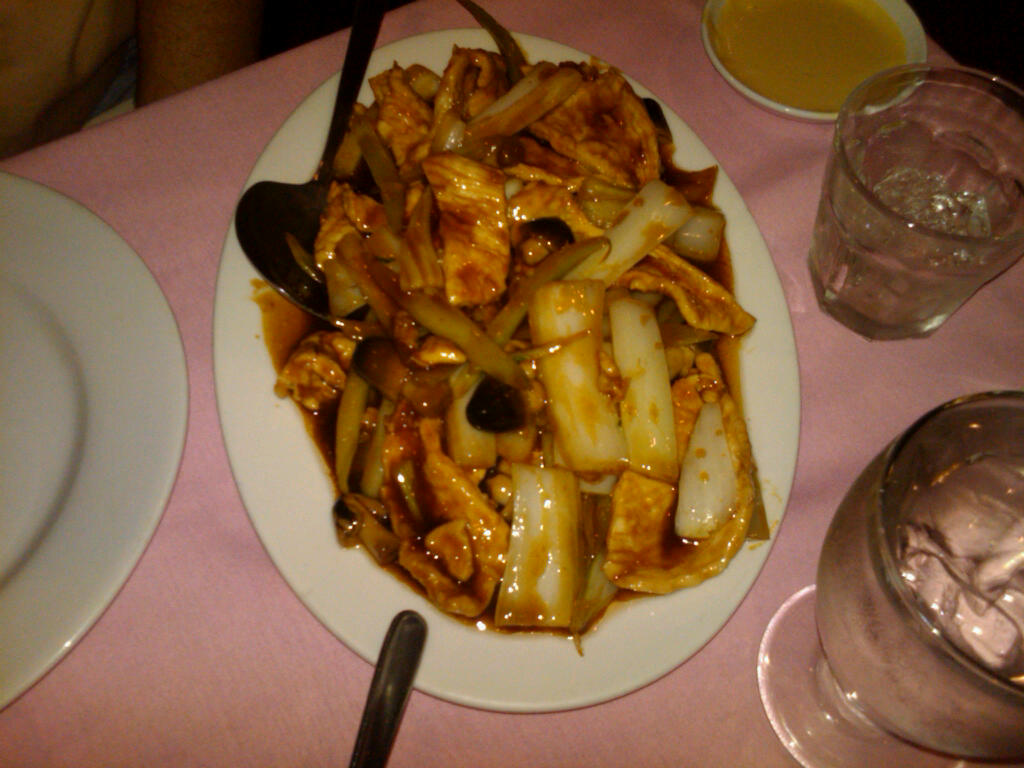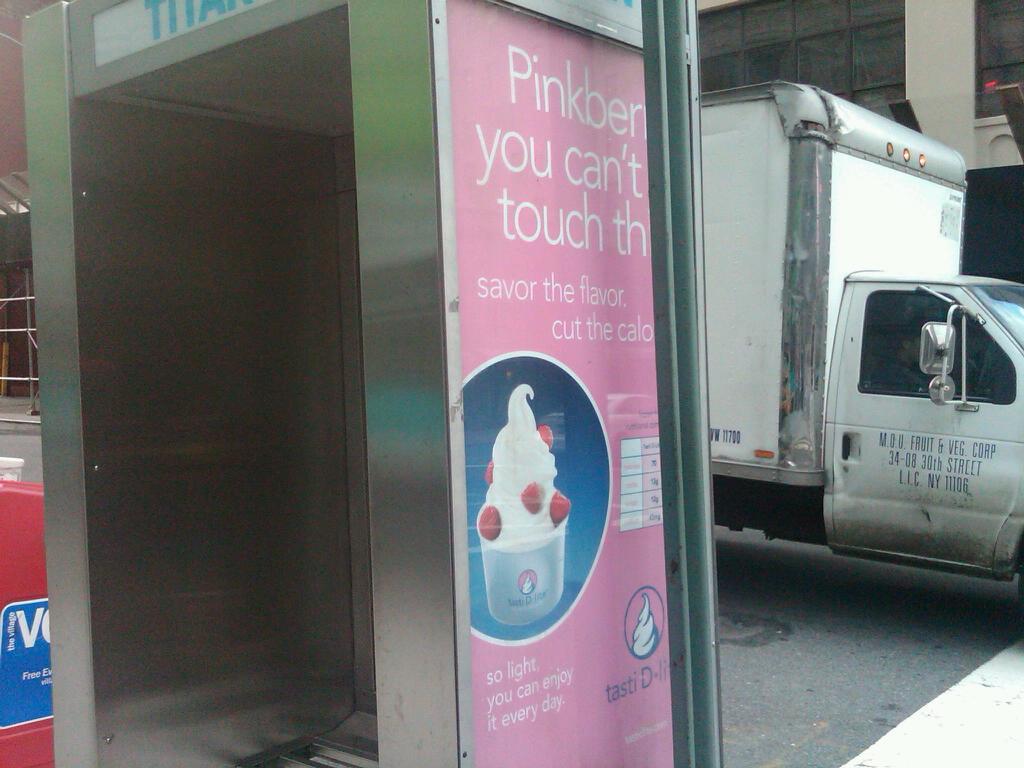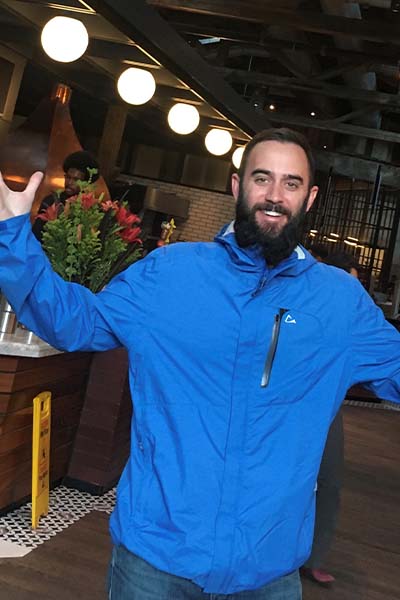Picture this: you’ve spent a fortune on a gorgeous half-the-length-of-a-football-field booth at the largest trade show in your industry. You haven’t exhibited at this show in years, and you want everyone to know you’re back…and cooler than ever.
But the booth to your left has celebrity chef Guy Fieri doing a cooking demonstration and book signing in their booth…and the booth to your right has Cat Cora doing the same in theirs…and two aisles down is a “Cooking Theater” with a veritable who’s who of celebrity chef demos…Curtis Stone, Paula Deen, Duff Goldman, Michael Symon, Ming Tsai, and a host of other star chefs performing all day long. And sadly, you’ve got no celebrity chefs in your marketing arsenal.
How do you battle such overwhelming star power to make your booth stand out from the pack? Simple: do something TOTALLY different.
And when longtime client Robinson Home Products asked us to help them do that at the International Home & Housewares Show in Chicago earlier this month, what’s the first thing we thought of? The Hot Sardines and their tea-kettle-playing-trumpeter (see earlier post).
While everyone else had their just-one-of-the-pack superstar chefs hawking their wares in a traditional and expected way, we had a 7-piece vintage dixieland band drawing crowds to the Robinson booth with hot jazz and gunbucket blues…but with a twist. All of Robinson’s new product introductions were used as musical instruments: graters, cutting boards, tongs, wooden spoons, spatulas, carving boards, cooling racks, pots, pans, mugs, bowls, collapsible funnels, and more. If it had the ability to make a sound…it became a part of the performance.
Never in my life have I seen so many double takes, as passers-by stopped to see where the music was coming from, and then went… “wait…is that guy tap dancing on bamboo cutting boards? And is she playing a cooling rack with a cheese grater?” Watching the realization sink in was fun. Watching all the camera phones, iPhones, and Tweets record it – and share it – was immensely satisfying.
And after three sets of music throughout the day in the booth, and one in the Cooking Theater to help spread the word show-wide, the deal was sealed: Robinson was super-cool and stood WAY out from the crowd. And all of us working the booth at the show finally understood the power of being able to say that coveted line… “Yeah, I’m ‘with’ the band.” Instant coolness.
What’s the lesson here? If you can’t meet your competitors on their turf, and you don’t want to spend the money to one-up them at their own game…don’t play it. Be creative…and redefine the game. Celebrity chefs have been a mainstay of the Housewares Show for more than a decade, but NOBODY expected a band. And that made Robinson unforgettable.
Hats off to The Hot Sardines for embracing this unusual performance request and knocking it out of the park, and you can see them perform seven kitchen-tool-infused songs by clicking here (side note: Some of These Days is my personal fave). The level of product integration they incorporated into their music – without compromising the integrity of their addictive sound – was unreal. They are a group of exceptionally talented musicians and Redpoint feels fortunate to have stumbled upon them at the Lincoln Square Winter’s Eve Festival on the corner of 63rd and Broadway last December.
And…hats off to Robinson as well. Redpoint has brought some quirky ideas to clients before, but not all of them have the guts to take a marketing risk like this. But we’ve been working with them since 2005, and in their words “it’s easy to put trust in Redpoint…you’ve never steered us in a wrong direction.”
Awwww. Warms our little PR hearts, that does.
 get travel marketing tips
get travel marketing tips 

